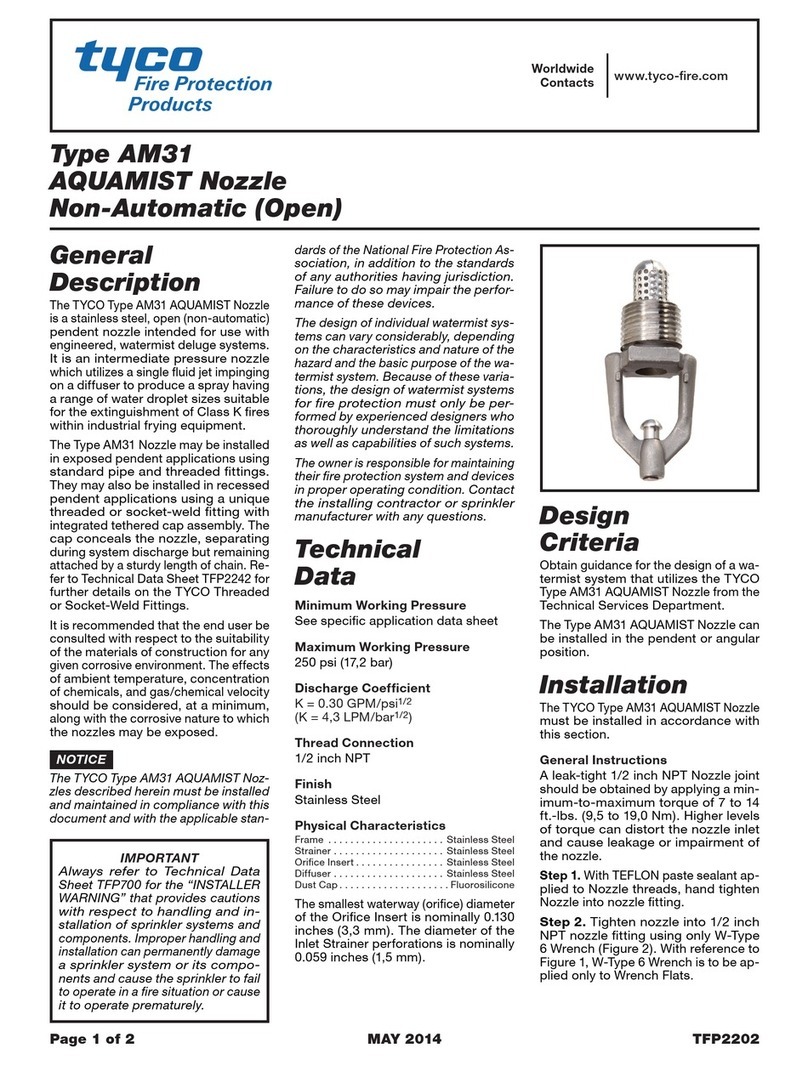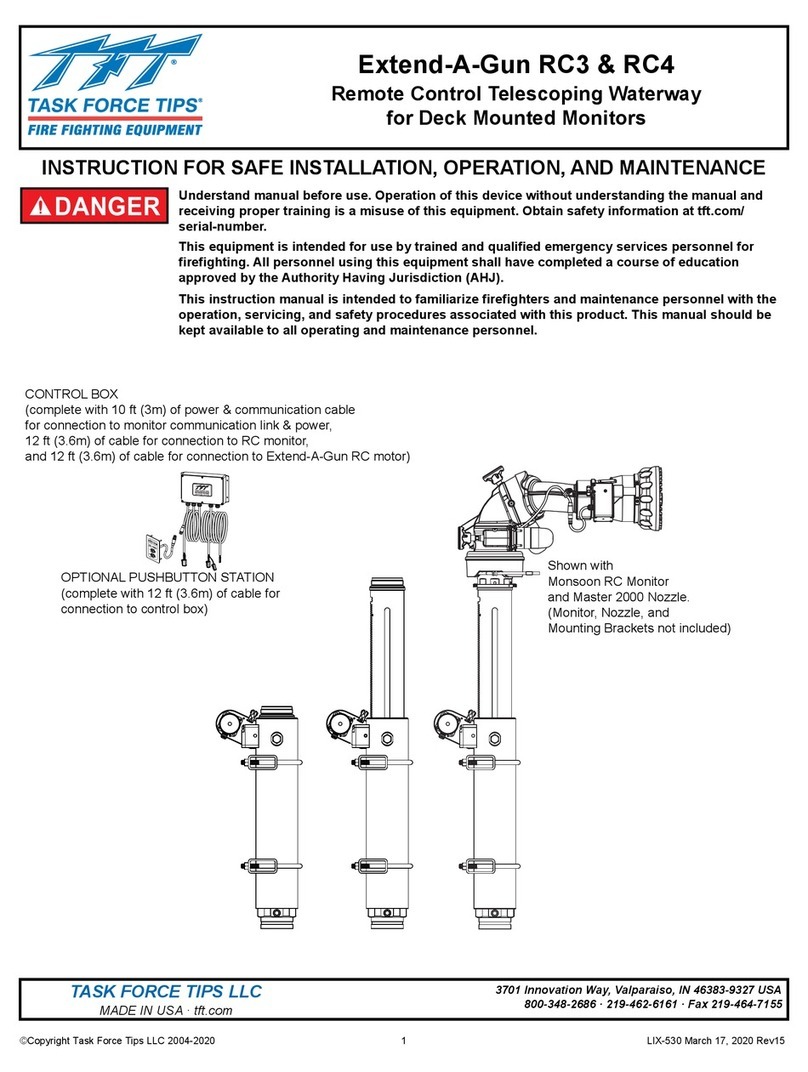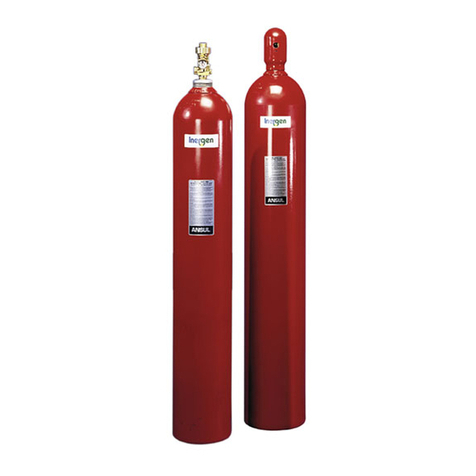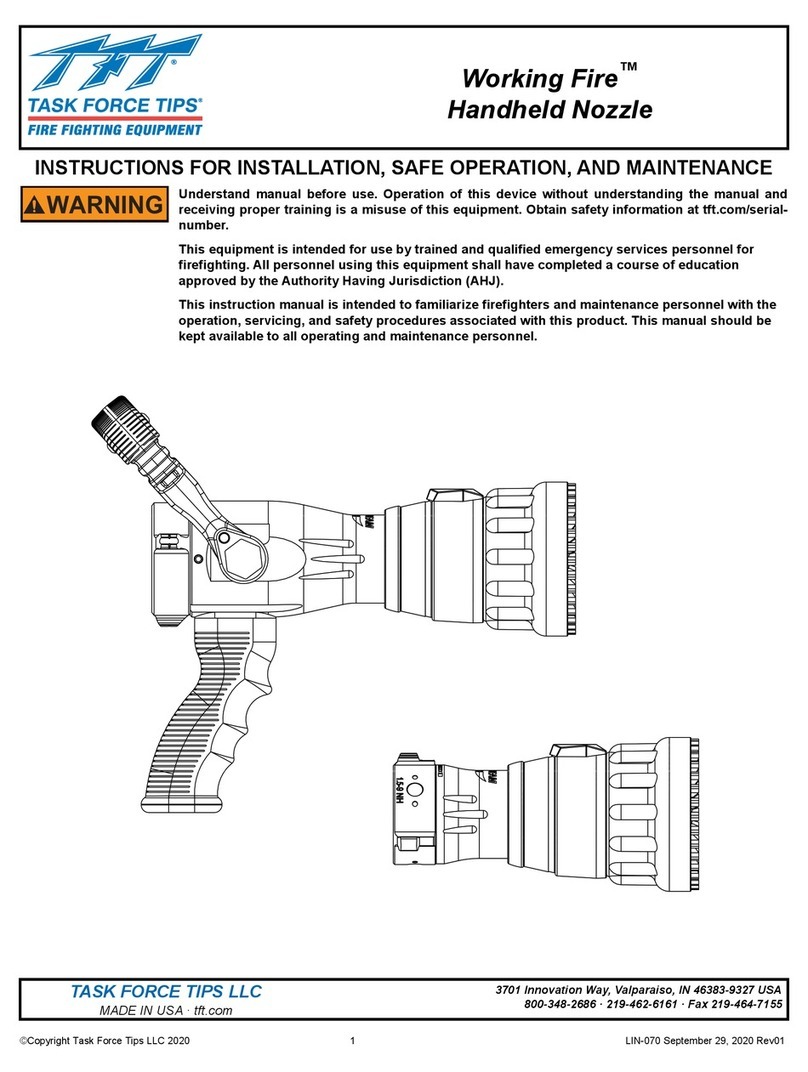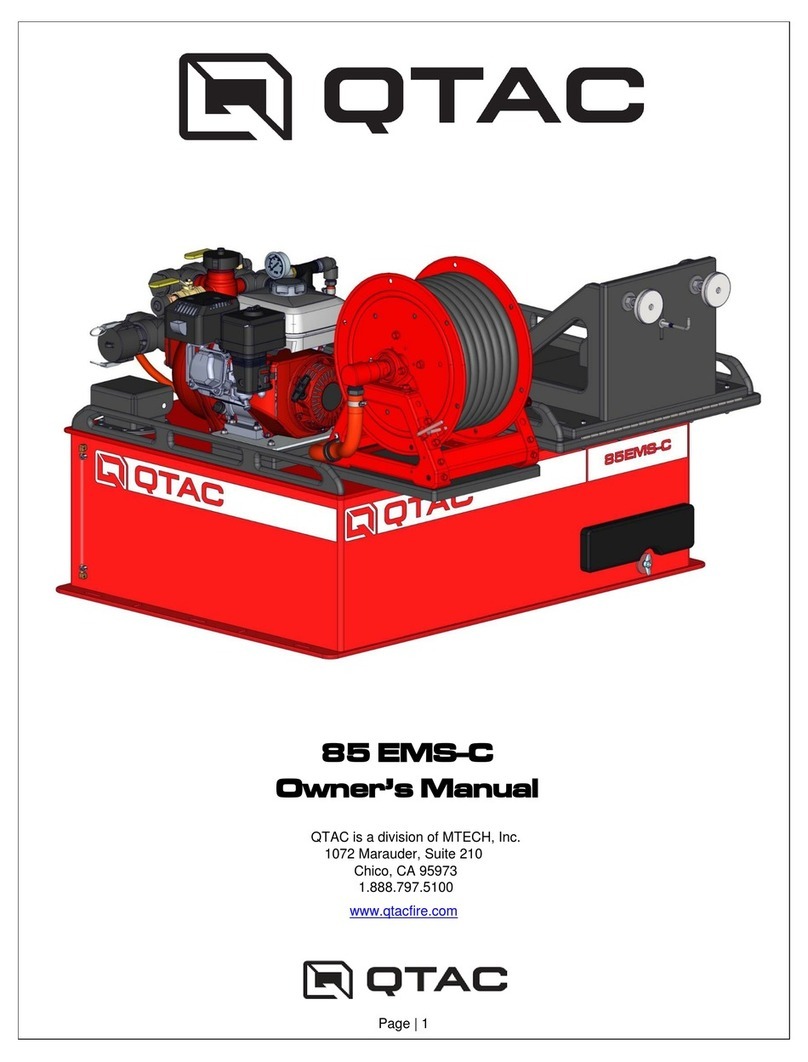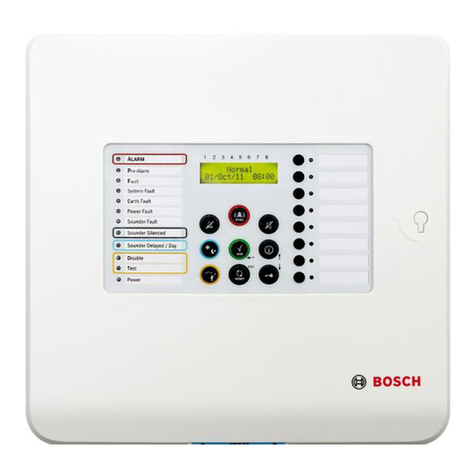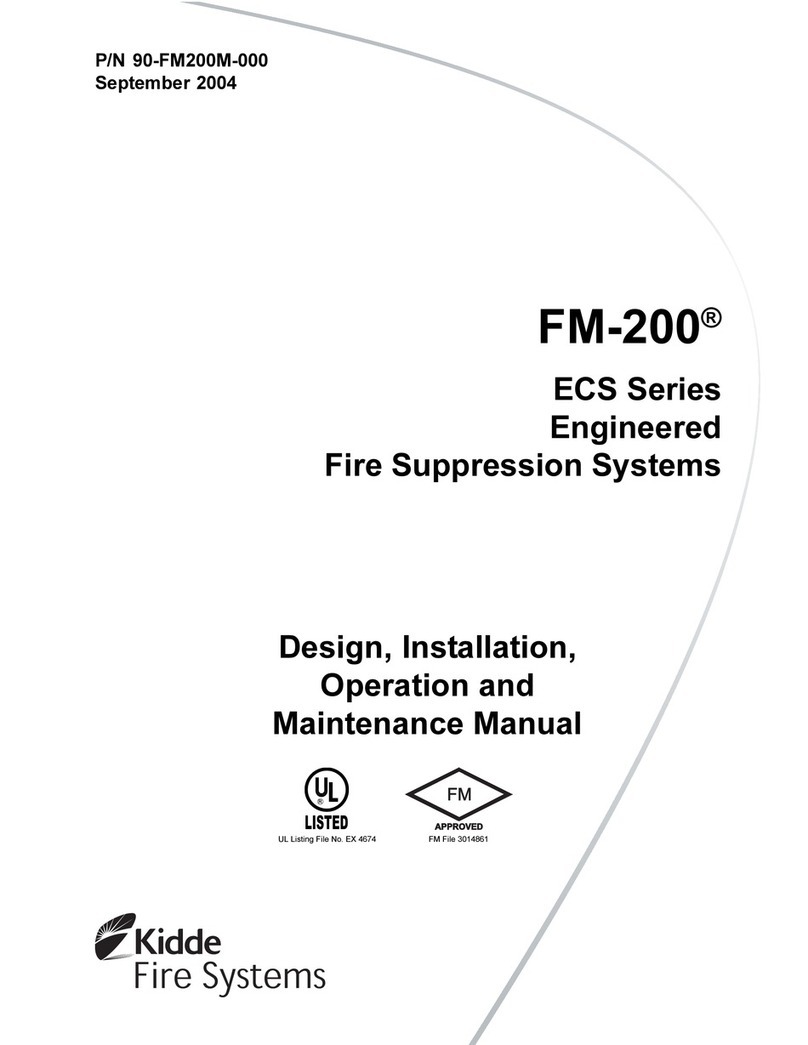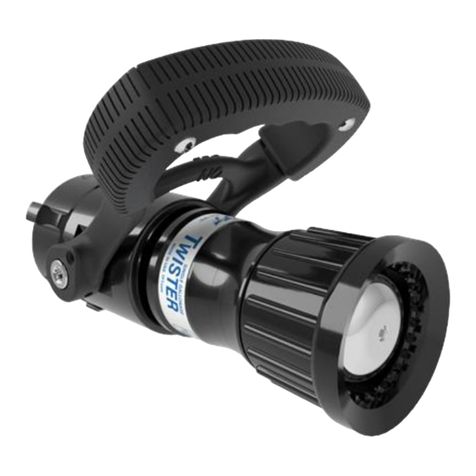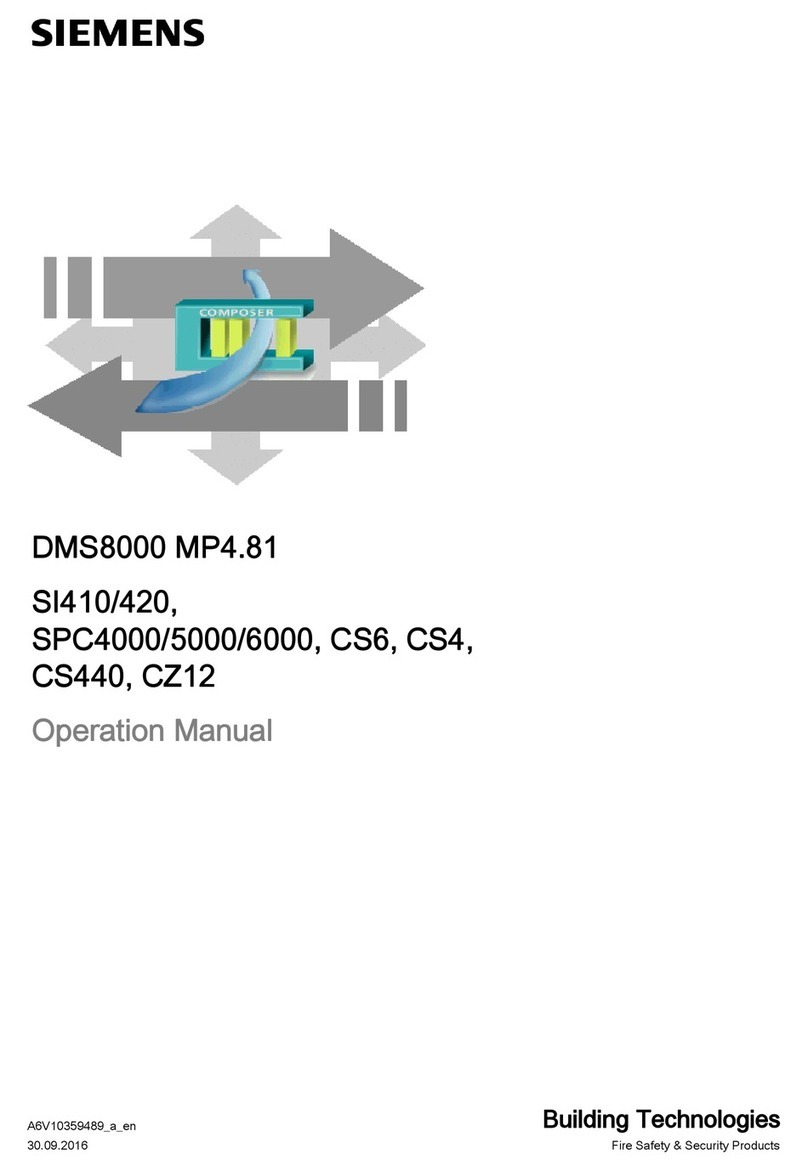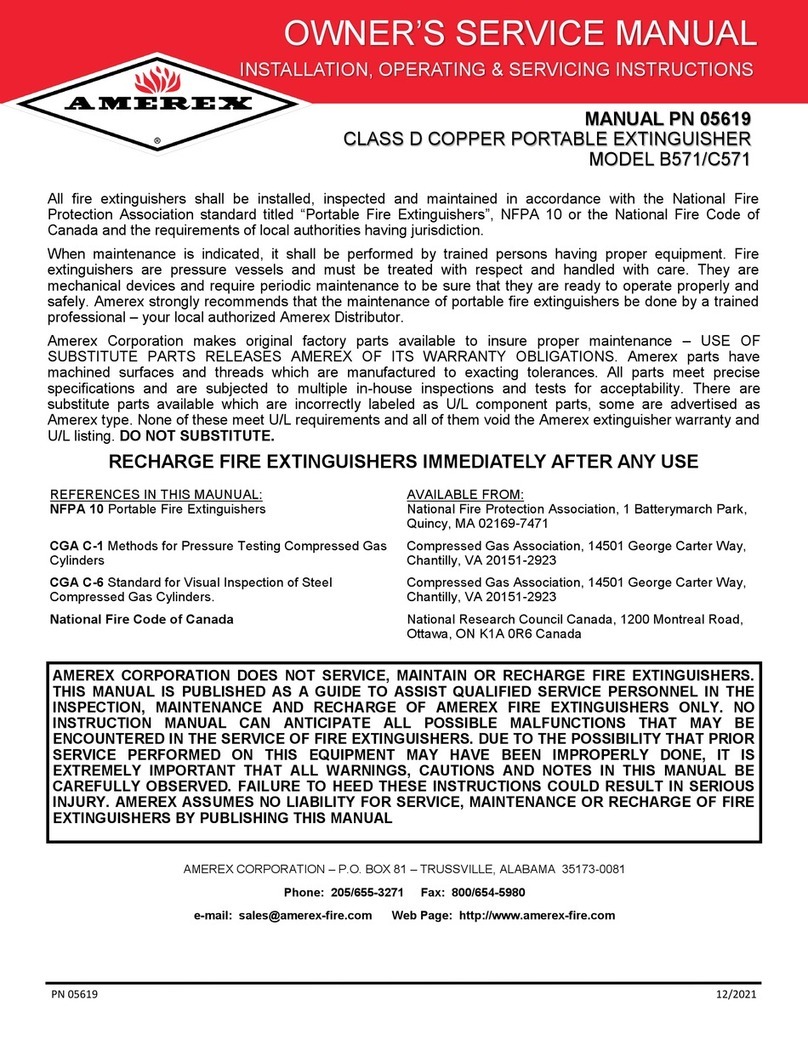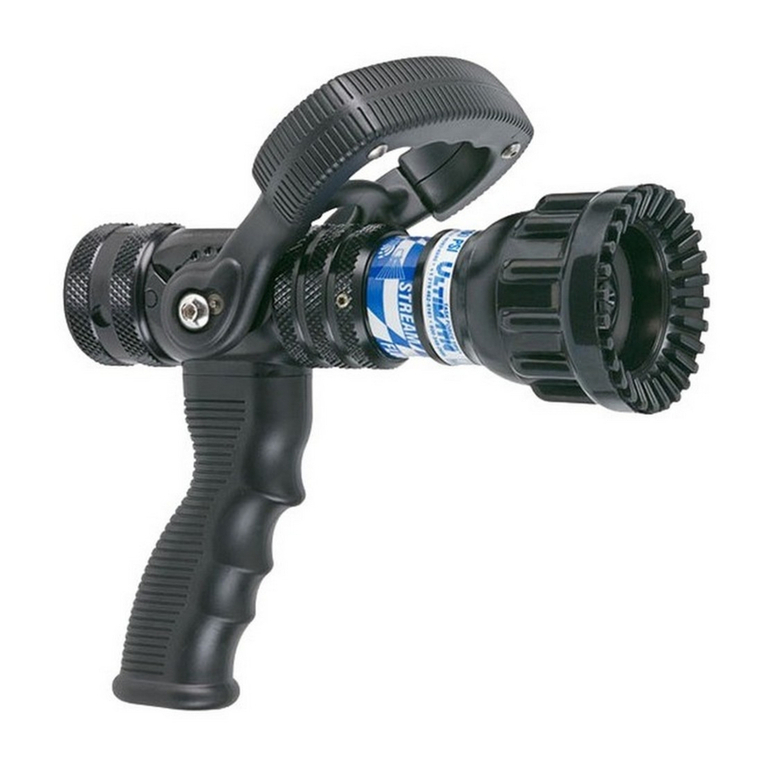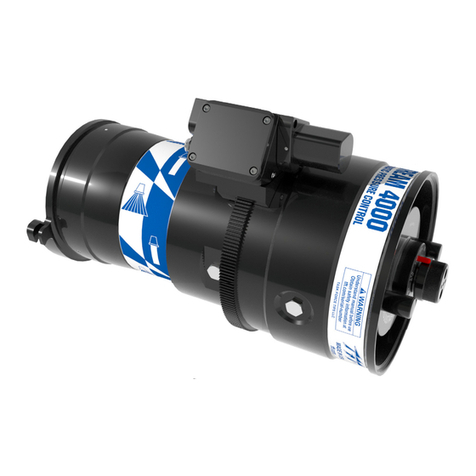WATERAX MARK-3 Owner's Manual
03/2016 –Page 3 of 52
Contents
Important Safety Instructions.....................................................................................................................5
Personal Safety Advisory...........................................................................................................................5
Warnings ....................................................................................................................................................5
Preventing Damage to Equipment .............................................................................................................6
Introduction..................................................................................................................................................6
About this Manual.......................................................................................................................................6
About the MARK-3 .....................................................................................................................................6
Parts Identification......................................................................................................................................7
Operating MARK-3 Series Pumps..............................................................................................................8
Pre-Operation Checklist.............................................................................................................................8
Fuel Supply.................................................................................................................................................8
Pump Connections and Priming...............................................................................................................10
Engine Startup..........................................................................................................................................11
Discharge .................................................................................................................................................12
Shutdown..................................................................................................................................................12
Operating the Digital Overspeed Switch (DOS).......................................................................................12
Cold Weather Operation...........................................................................................................................12
Removing or Attaching the Pump End.....................................................................................................13
Basic Care and Storage...........................................................................................................................13
Troubleshooting........................................................................................................................................15
Service ........................................................................................................................................................17
Carburetor ................................................................................................................................................17
Troubleshooting........................................................................................................................................21
Air Filter....................................................................................................................................................22
Fuel Line...................................................................................................................................................22
Fan Cowl (Housing)..................................................................................................................................23
Pump Clamp.............................................................................................................................................24
Rewind Starter..........................................................................................................................................25
Muffler.......................................................................................................................................................28
Frame.......................................................................................................................................................28
Digital Overspeed Switch (DOS)..............................................................................................................29
Ignition System.........................................................................................................................................30
Engine Overhaul Procedures ...................................................................................................................33
Cylinder ....................................................................................................................................................33
Cylinder Head With Decompression Switch ............................................................................................33
Crankcase ................................................................................................................................................34
Crankshaft Assembly, Pistons and Shims ...............................................................................................35
Engine Tool Kit.........................................................................................................................................35
Piston/Cylinder Matching..........................................................................................................................36
Decarbonising ..........................................................................................................................................37
Deglazing..................................................................................................................................................37
Break-in....................................................................................................................................................37
Disassembly of the Engine From the MARK-3 ........................................................................................39
Disassembly of the Engine.......................................................................................................................39
Reassembly of the Engine .......................................................................................................................39
